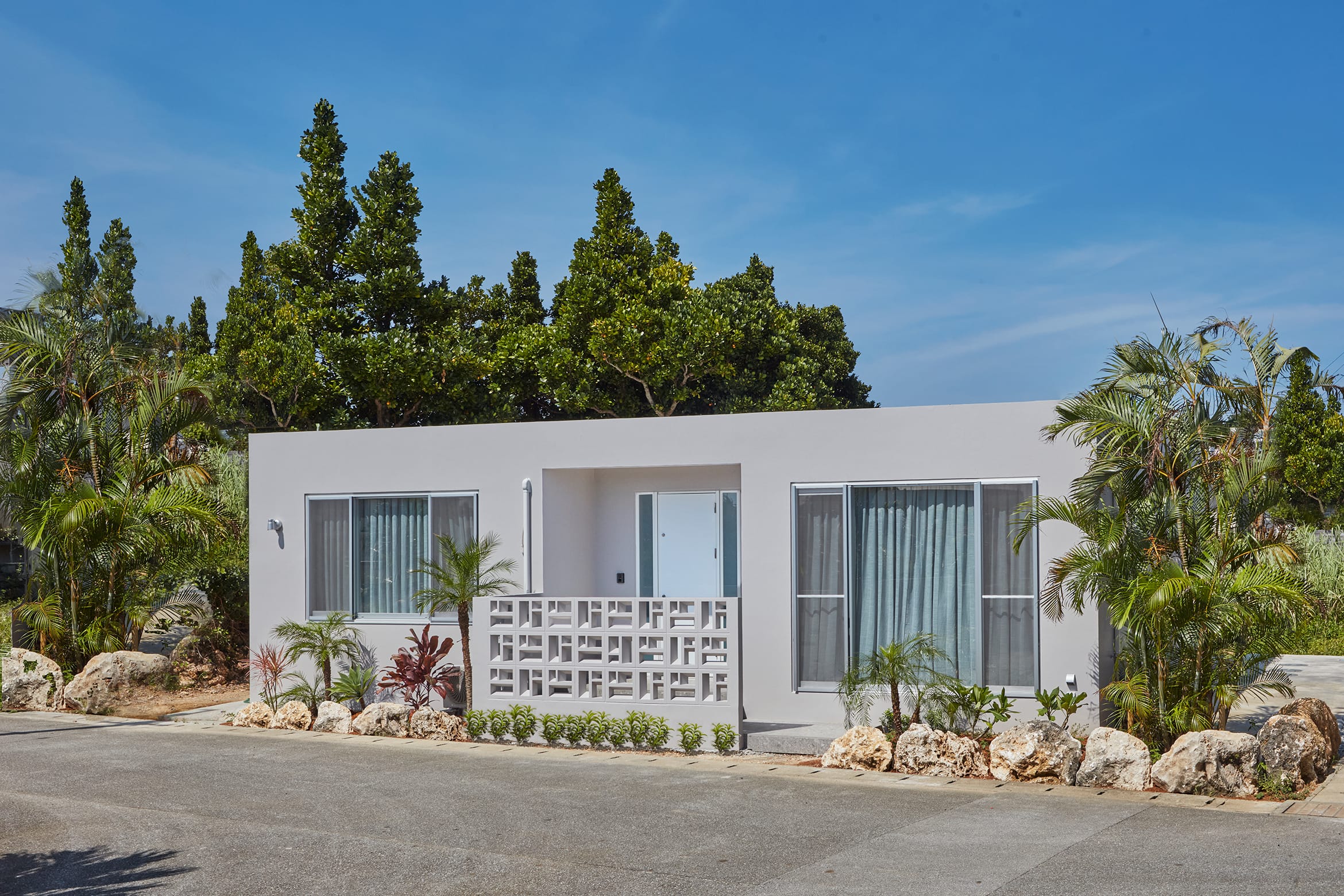
A small villa located at the northernmost tip of MIYAKOJIMA
OLOO is located in a village at the northernmost tip of Miyakojima, just before crossing over to Ikema Island, where the islanders' lives are still alive.
At the end of the walk, you will come across a pure white beach and see schools of small fish swimming in the calm Miyako blue water.
As you watch the beautiful sunset, you'll be struck by the impressive gradation of orange and ultramarine, and the starry sky...
We created OLOO with the hope that you can experience this unique island time as if it were an everyday occurrence.

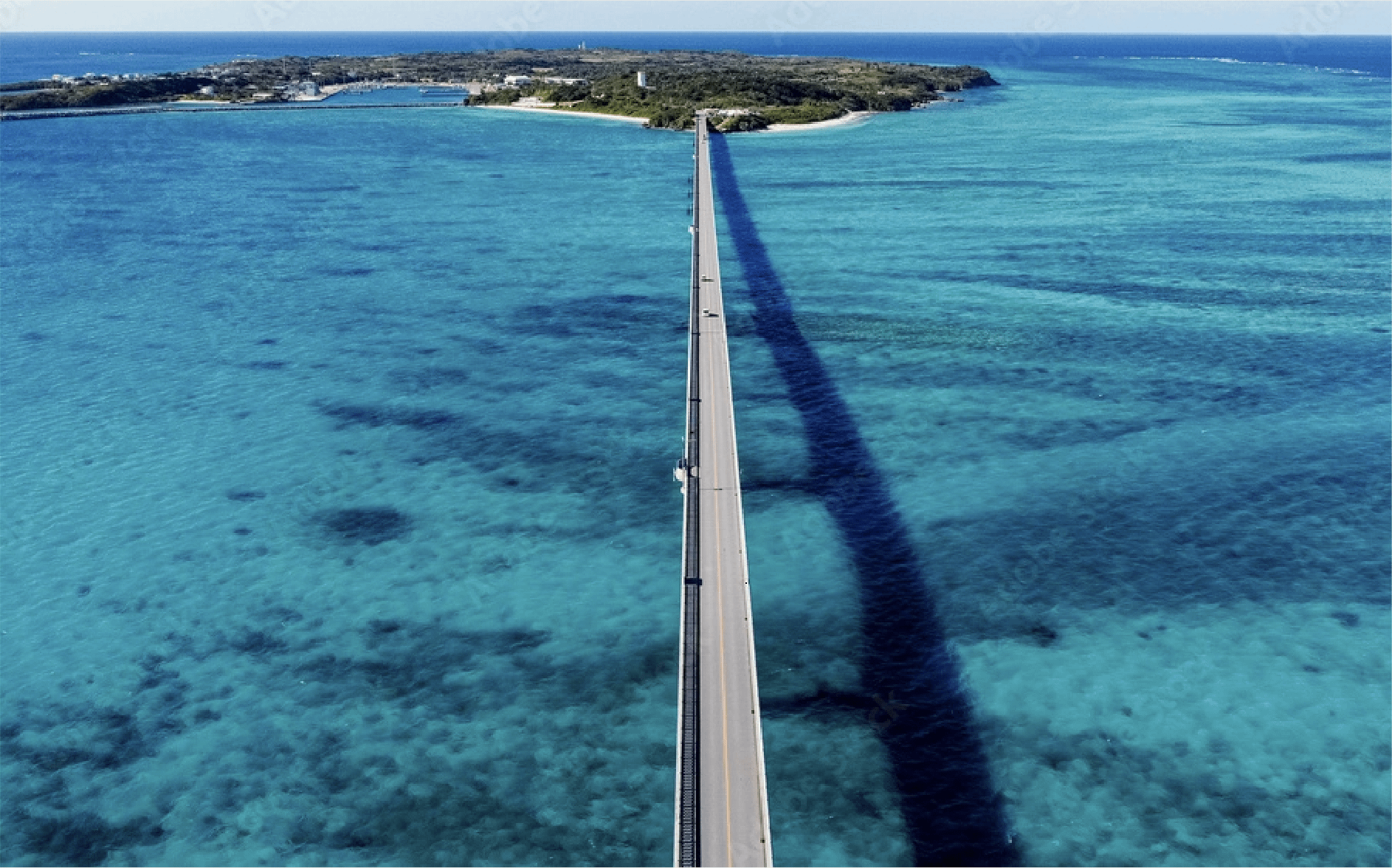
About OLOO
What is OLOO?
OLOO is an Okinawan dialect word for "blue," named after the beautiful sea of Miyako Island, known as "Miyako blue.
The colors of the VILLA OLOO logo are inspired by the gradation of colors from emerald green in the shallows to cobalt blue offshore.
We hope that our guests will spend their time in such a high-quality space, between the everyday and the travel, between nature and mystery.
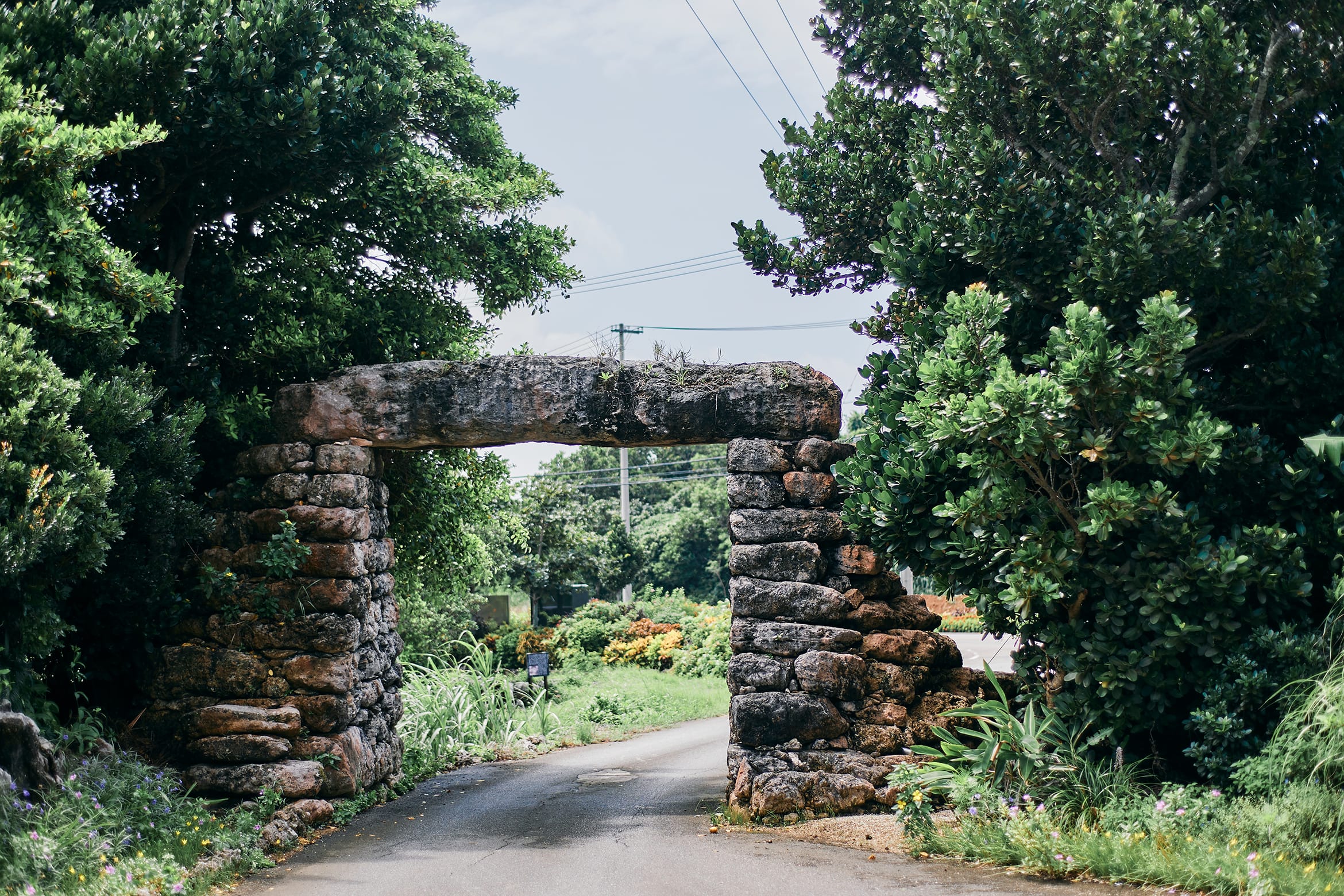
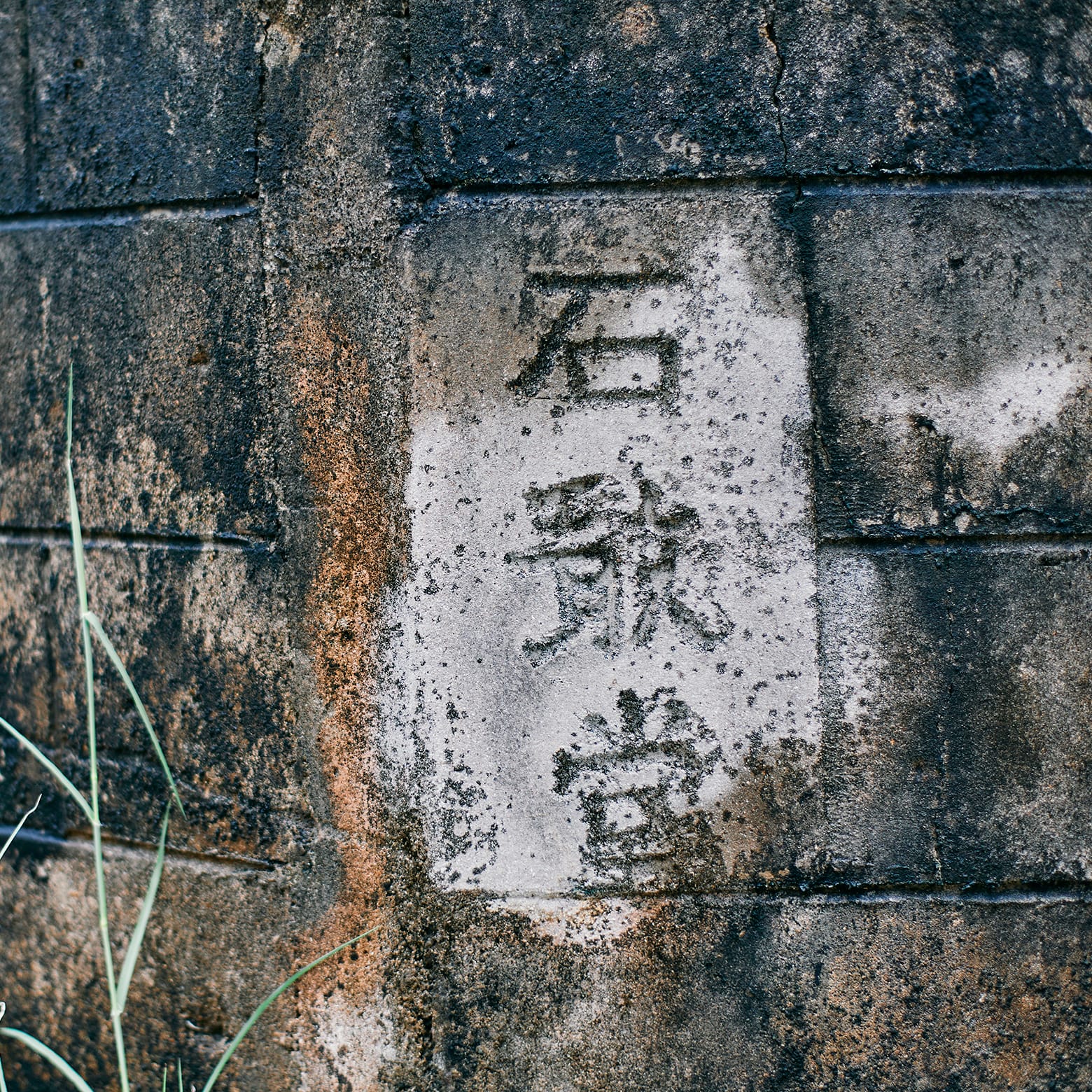
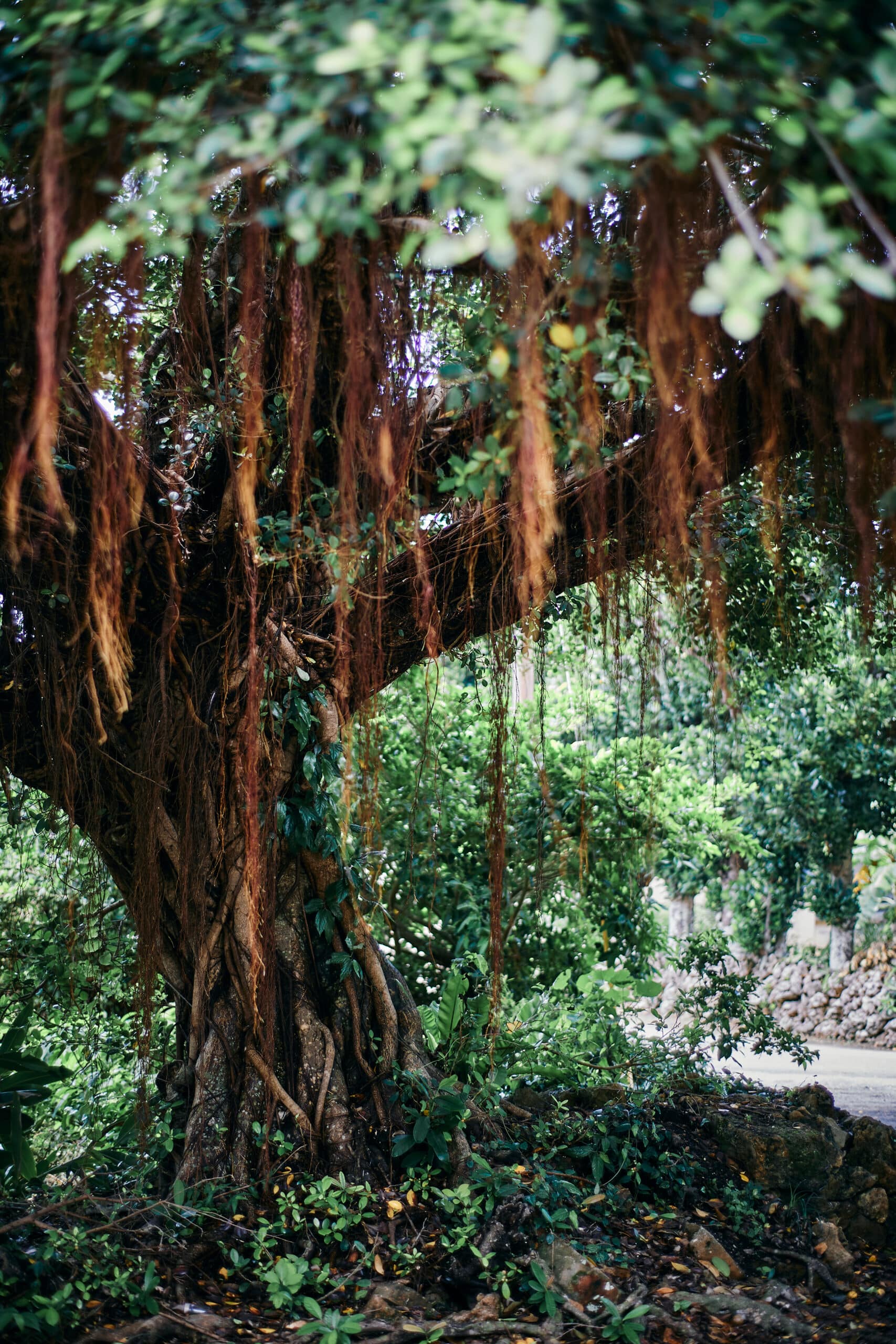
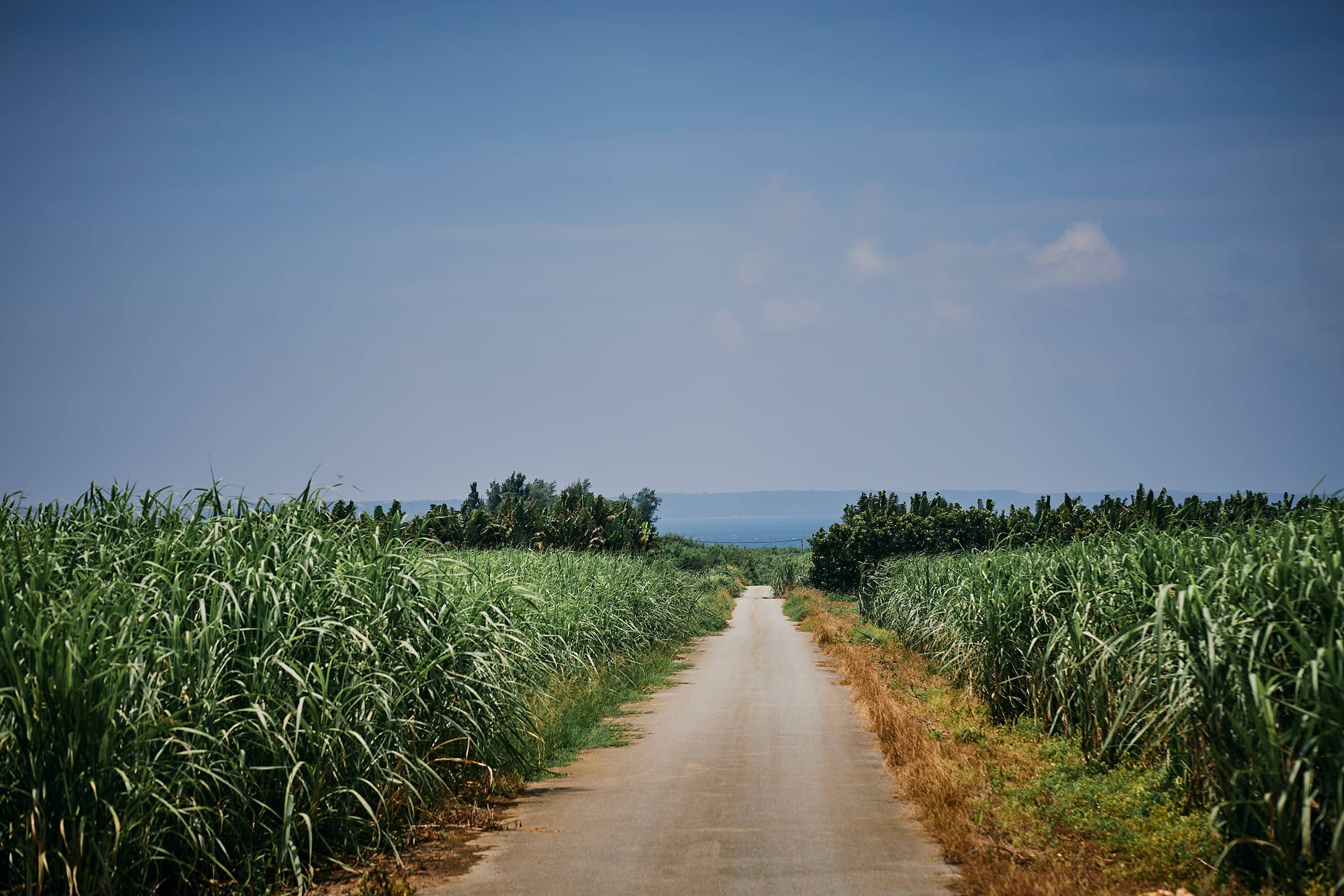
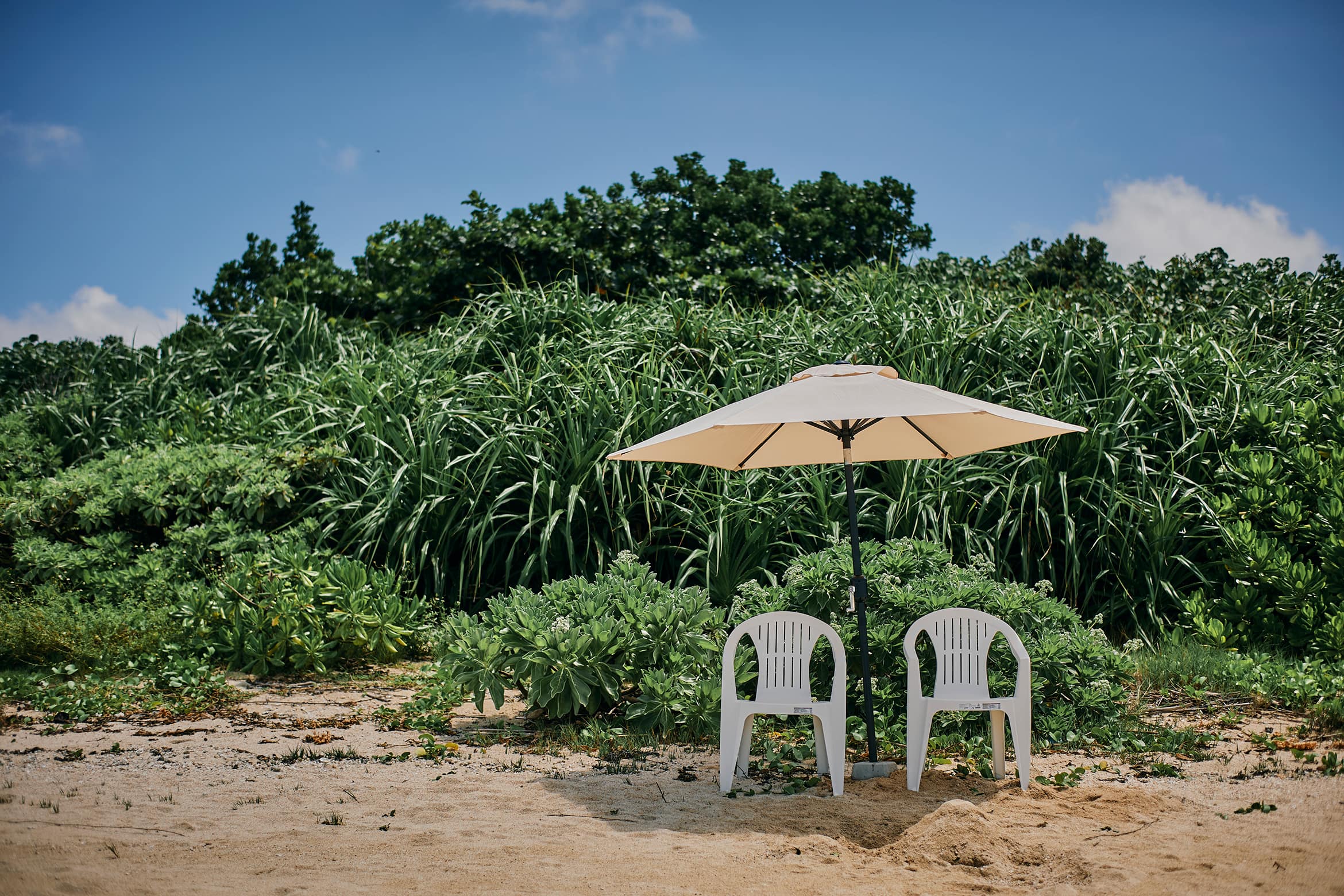
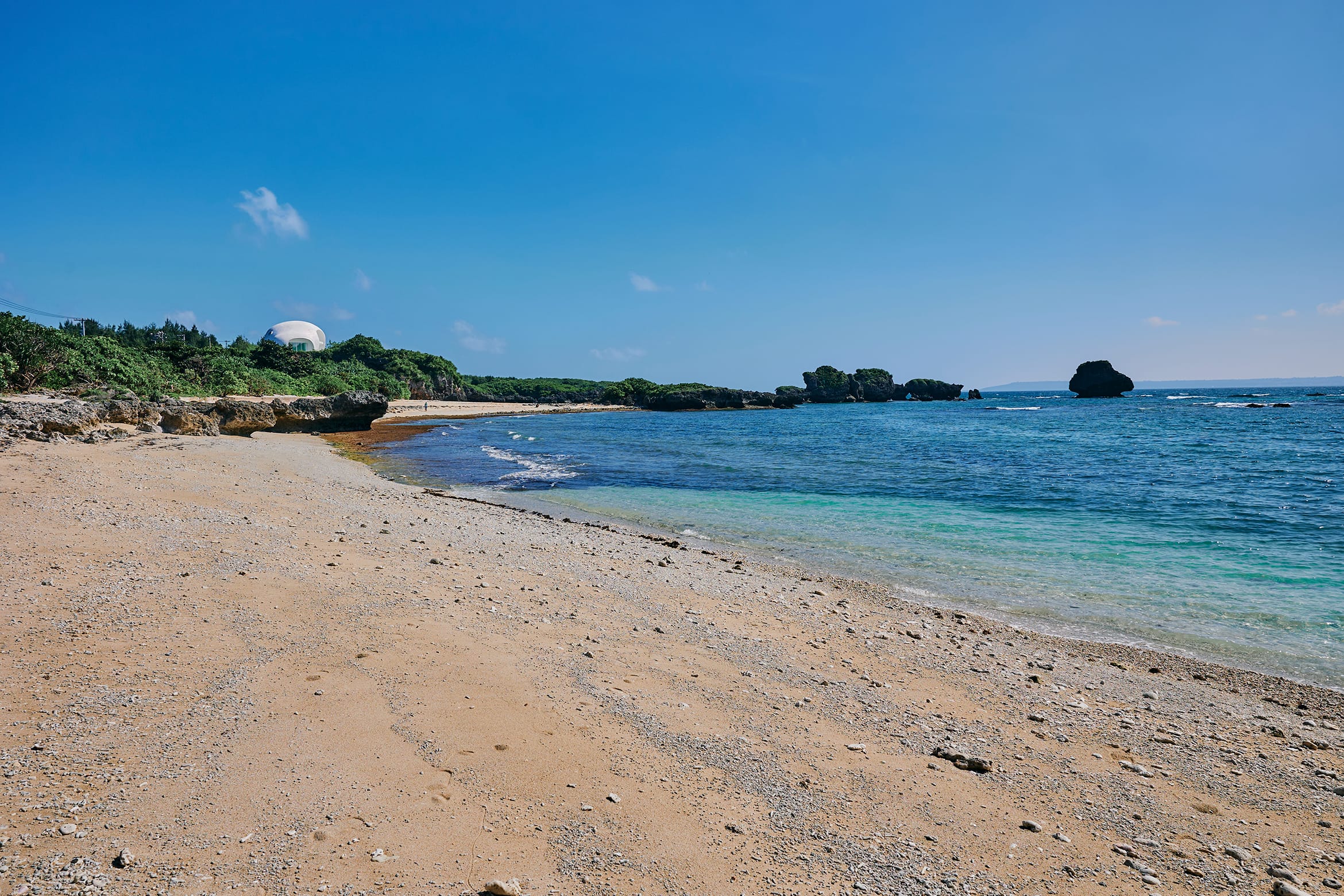
Karimata Village
About the village of Karimata
The village of Karimata is said to be the oldest on Miyako Island, and its history is passed down orally through sacred songs that have been handed down for hundreds of years.
It is said that the Kubalapaz, who came to Japan from Kubalapaz, formed a fortified settlement in Karimata, and remnants of their presence can still be seen today in the village of Karimata.
One of these is a stone gate called a thuja at the entrance to the village (the current thuja was reconstructed shortly after the war). (The present turia was rebuilt shortly after the war.)
Karimata VillageTraditional rituals were held about 60 times a year, with the summer Natsubui (summer ear festival) and the winter Uyagan (ancestral god) festival being called the two major rituals.
The Uyagan Festival, which is no longer held in the 21st century, is mainly held inside Utaki, where women who play the role of gods stay in the mountains and sing sacred songs, and the goddesses who are possessed by the gods sing songs.
It is believed that the parade through the village brought a bountiful harvest to the village.
The specific rituals inside the Utaki are kept secret even from the local people, and no one is allowed to see them, and even family members are not allowed to talk about them.
(The four rituals that are still practiced today are the Chinese New Year, the Dragon Palace Nigai, Natubu'i, and the Fifteen Nights.)
There are many other historical sites and traditions that are filled with the feelings of our ancestors, and there are a number of sacred places that even the people of the district are only allowed to enter on certain days.
The village of Karimata is a mysterious place where "gods" and "people" are very close.
Please enjoy not only the beautiful sea and sky, but also the history and traditions of the village of Karimata, where you can learn and enjoy the mysteries of the area.